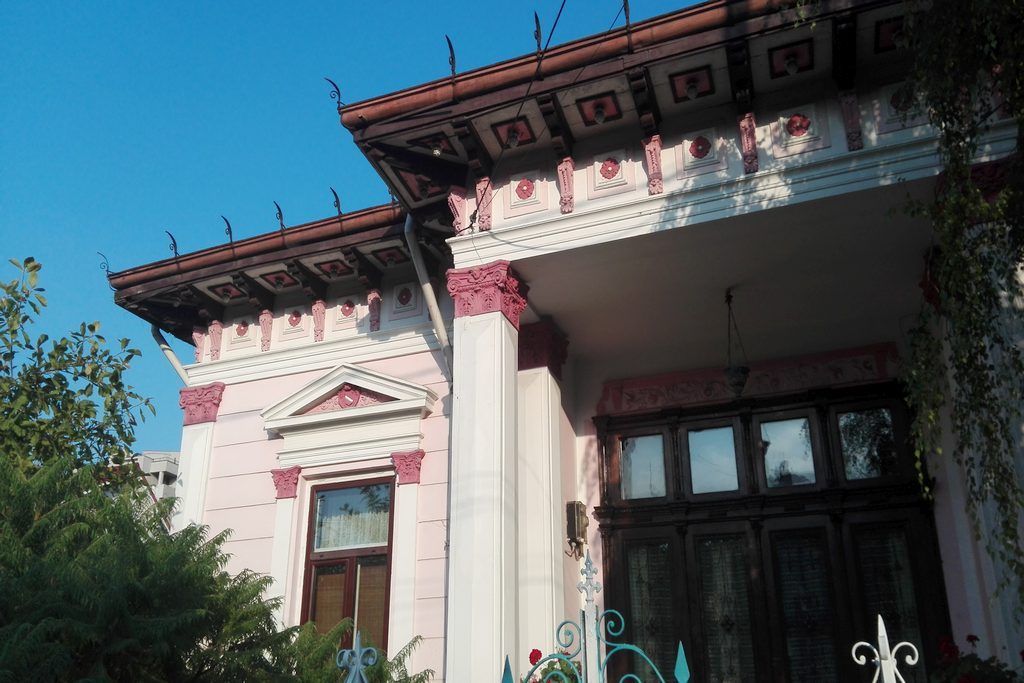

The house of Ioan Călugăru in Slatina was built in the late nineteenth century.
Colonel Ioan Călugăru actively participated in the actions carried out in World War I, on the fightings that took place on Romania’s territory.
In the conduct of forces is injured in Pieleşti – Romania. Following this incident will be decorated by King Charles I with “Star of Romania” and “Crown of Romania”. While Colonel Călugăru was following the line in Moldova in his house in Slatina, German officers will be installed.
Throughout this period also Ecaterina Teodoroiu reached the Colonel’s house to plan the next actions.
In 1919, the troops led by the colonel will be involved in the release of Basarabia from the Russian soldiers who remained in the theater of war after the armistice. So, Ioan Călugăru moves from one garrison to another and leaves town.
In 1925, the colonel is one of the shareholders of Union Bank. In 1942 is a member of the Society of Reserve and Retired Officers came from Activity.
Between 1943 and 1944 the house of Călugăru will be occupied by German command, and in 1945 by the Soviet one. Although he succeeds to recover the house in September 1945, the pro-communist government would suspend his property rights shortly after, based on the motivation that Ioan Călugăru fought against Soviet army. The house will be abusively occupied and used as the headquarters of the communist political organizations.
After 1950, in the house, will be brought tenants, the Călugăru family being cramped in the rooms that in the past were for servants, and where the colonel will also die. According to the People’s Council that held the deaths situation in 1956, “has died Ion Călugăru, no occupation, 81 years.”
No mention about his military career, nor that the “he was guilty” to be fought in the East. The house will rightfuly return to his family, meaning to his two daughters Amelia and Felicia after 1972.
The two sisters kept the house as they had inherited it: with framed windows, with ornaments specific to the age in which it was constructed, with oak carved portals within the workshops and with Viennese models.
Some of the things that belonged to the family Călugăru served in the reconstruction of a vintage salon, at the County Museum of History.
After the 1990s, the house will be purchased by the family of Iovu, which preserved the remained furniture and also the fence that was built along with the house. The birches placed by the new family that lives in the house, round off the nobility of this house which has passed through two world wars.
